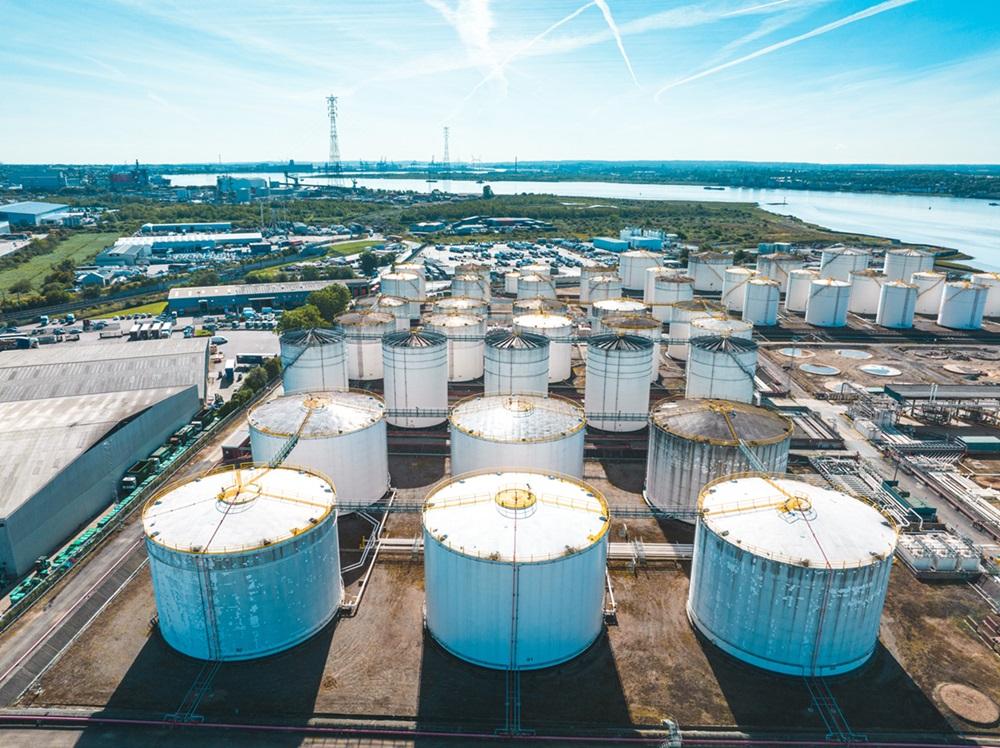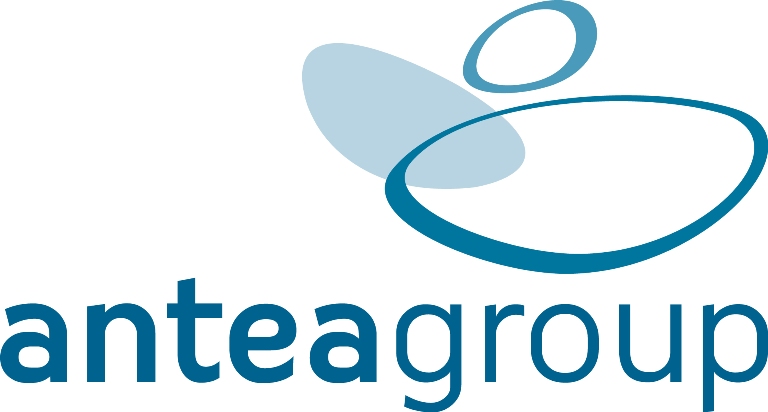Navigating the EPA’s Gasoline Distribution Terminal Air Toxics Regulations: What You Need To Know in 2025

Effective July 8, 2024, the United States Environmental Protection Agency (US EPA) rolled out new and revised standards for hazardous air pollutants, specifically targeting gasoline distribution and bulk gasoline terminals and reducing volatile organic compound (VOC) emissions. The issuance followed an extensive comment period that stretched nearly 2 years after the proposed rules were first delivered and are anticipated to affect approximately 9,500 distribution facilities. The affected facilities include bulk gasoline terminals, pipeline breakout stations, bulk gasoline plants, and pipeline pumping stations.
The final amendments are part of the National Emission Standards for Hazardous Air Pollutants (NESHAP) for Gasoline Distribution Terminals major source and area source categories and through the New Source Performance Standards (NSPS) for Bulk Gasoline Terminals. The NESHAP revisions include 40 CFR Part 63, Subpart R and Subpart BBBBBB, or 6B for major and area source categories, respectively, and the NSPS amendments are captured via creation of a new Subpart, 40 CFR Part 60, Subpart XXa.
This blog will break down the key changes, who is expected to have been impacted, and the actions necessary to ensure compliance.
Whether the administration change will have an effect on implementation or enforcement remains to be seen, however it is imperative that applicable facilities have a clear understanding of their obligations and are quickly moving towards compliance.
Who is Affected by These Standards?
These updated standards apply to:
- Bulk gasoline terminals: Storage and distribution facilities that receive gasoline by pipeline, ship or barge, or cargo tank with a gasoline throughput of 20,000 gallons per day or greater (major source NESHAP).
- Bulk gasoline plants: This includes storage and distribution facilities that receive gasoline by pipeline, ship or barge, or cargo tank, and subsequently transfer the gasoline into carbon tanks for transport to dispensing facilities with a gasoline throughput of 20,000 gallons per day or less (area source NESHAP).
- Pipeline breakout or pumping stations: Facilities where gasoline is transferred or stored temporarily in tanks to relieve surges, or receive and store gasoline from the pipeline for re-injection and continued transportation by pipeline or to other facilities (breakout station), or facilities which utilize pumps to maintain the flow of product through a pipeline without storage tanks (pumping station).
- New or modified equipment: New equipment put into gasoline service or modified after June 10, 2022, and is based on the following definition: The total of all the loading racks at a bulk gasoline terminal that deliver liquid product into gasoline cargo tanks including the gasoline loading racks, the vapor collection systems, and the vapor processing system (NSPS).
If your facility fits any of these categories, compliance with the revised standards is required.
Key Compliance Requirements
The updated EPA rules introduced streamlined vapor-tightness requirements, reduced loading rack emission limits, specified additional control and monitoring equipment requirements, and established mandatory monitoring and reporting requirements.
1. Vapor Tightness and Emission Limits
For gasoline loading racks:
- Emission limits (NESHAP Subpart R): Loading racks at facilities equipped with thermal oxidation systems must meet a total organic carbon (TOC) limit of 10.0 mg/L, and similarly, facilities equipped with vapor recovery units (VRUs) must meet a TOC limit of 5,500 ppmv. Enhanced provisions for facilities equipped with flares are also provided for combustion assurance.
- Emission limits (NESHAP Subpart 6B): Loading racks at facilities equipped with thermal oxidation systems must meet a TOC limit of 35 mg/L. Facilities equipped with VRUs must meet a TOC limit of 19,200 ppmv. Similarly to Subpart R, facilities equipped with flares are subject to specific requirements to ensure combustion efficiency is maintained. Facilities with an annual average gasoline throughput greater than 4,000 gallons per day are subject to vapor balancing requirements.
- Emission limits (NSPS Subpart XXa): Loading racks at facilities constructed or modified after June 10, 2022, and controlled by thermal oxidation systems must meet a 1.0 mg/L or 10.0 mg/L TOC limit, respectively. Similarly, loading racks at facilities constructed or modified after June 10, 2022, and controlled by VRUs are given equivalent limits of 550 ppmv and 5,500 ppmv TOC, respectively. Flare monitoring requirements are also specified within the Subpart.
2. Cargo Tank, Internal and External Floating Roof Requirements
For cargo or storage tanks:
- Cargo tank vapor tightness: Gasoline cargo tanks now have a consistent graduated vapor tightness standard which applies across NESHAP Subpart R and 6B, as well as NSPS Subpart XXa and ranges from 0.5 to 1.25 inches of water pressure drop, depending on tank compartment size.
- Internal floating roof storage vessels must maintain vapor concentrations above the floating roof at less than 25 percent of the lower explosive limit (LEL). The amendments set forth annual LEL monitoring requirements and a multitude of requirements regarding collection of said measurements (NESHAP Subpart R and 6B).
- External floating roof storage vessels have additional fitting control requirements to further reduce emissions (NESHAP Subparts R, 6B and NSPS Subpart Kb).
3. Equipment Leak Detection and Repair
Facilities subject to the revised standards are now required to perform regular monitoring to both identify and repair equipment leaks across various components including:
- Quarterly instrument monitoring of all equipment in gasoline service using Optical Gas Imaging (OGI) according to 40 CFR 60, Appendix K, or EPA Method 21 for monitoring of pumps, valves, and pressure relief devices (NSPS Subpart XXa).
- Semiannual instrument monitoring in accordance with OGI or Method 21 (NESHAP Subpart R).
- Annual monitoring for instruments and connectors (NESHAP Subpart 6B and NSPS Subpart XXa, respectively) using OGI or Method 21.
- Monthly inspections shall be performed via Audio, Visual, and Olfactory (AVO) methods during normal duties (NESHAP Subparts R and 6B and NSPS Subpart XXa). Additional requirements to facilitate an expedited repair are set forth in the event that a leak is detected.
4. Recordkeeping & Electronic Reporting Requirements
Facilities subject to the revised standards are recommended to establish a robust document retention system pertaining to all performance tests, evaluations, and repairs. All performance test reports, semiannual reports, and compliance status notifications are now required to be submitted electronically through the EPA’s Central Data Exchange (CDX) using the Compliance and Emissions Data Reporting Interface (CEDRI). This digital process aims to streamline reporting and enhance transparency in compliance tracking.
What Should you do if your Company is Affected?
If your facility is affected by these regulations, here are some actions you can take to ensure compliance:
- Review the Regulations: Develop an understanding of all associated requirements based upon your facility’s status. Prepare a compliance reference guide or summary to document key concepts, requirements and affected components.
- Evaluate Emissions and Control Systems: Review vapor collection and processing systems including VRUs, flares, and thermal oxidizers and quantify emissions (if necessary) to verify compliance with emission limits and the new emission standards. Implement adjustments or changes where necessary to achieve compliance.
- Evaluate Cargo and Floating Roof Tanks: Review existing processing components including tanks and implement necessary monitoring programs and/or fitting controls (or replacement) to verify and maintain compliance.
- Implement or Upgrade Monitoring Protocols: Establish quarterly, semiannual, or annual monitoring programs for equipment and storage vessels in accordance with the requirements. Equip your teams with Optical Gas Imaging tools or integrate EPA Method 21 practices to confirm integrity and identify and address leaks promptly.
- Enhance Reporting Capabilities: Configure or upgrade your electronic reporting processes to comply with CDX requirements, allowing for immediate submission of performance evaluations, leak detection logs, and compliance status reports.
- Conduct Staff Training: Ensure that your teams are well-informed about the new standards, monitoring methods, and reporting processes. Familiarity with both the regulatory requirements and the practical steps for compliance can prevent costly violations. Facility operations and maintenance documentation shall be updated to effectively capture all new requirements.
- Engage in Regular Compliance Audits: Routine audits will help verify adherence to the new standards, particularly focusing on vapor tightness, leak detection, and emission control systems. A proactive compliance approach can save time, costs, and potential penalties.
- Implement Changes as soon as Practical: Certain requirements for existing gasoline distribution facilities which fall under NESHAP Subparts R and 6B must be met by May 10, 2027, while others require implementation at an earlier date. Facilities which commenced construction after June 10, 2022, must comply upon startup or immediately, as the compliance deadline was July 8, 2024. NSPS Subpart XXa applies to new, modified or reconstructed bulk gasoline terminals after June 10, 2022, and compliance must be met upon startup or immediately, as the deadline was July 8, 2024.
Conclusion
The revised standards will have a broad impact across the industry and require an investment of both time and financial resources to maintain environmental compliance. Verification of regulatory applicability beginning at the facility level and extending down to process components is a critical first step, followed by development and implementation of the associated monitoring and/or maintenance programs. These elements, combined with a clear understanding of recordkeeping and reporting obligations are integral components of a successful compliance strategy and can eliminate costly penalties as regulatory deadlines quickly approach.
Do you have any questions or need help? Our team of experts are here to help!

